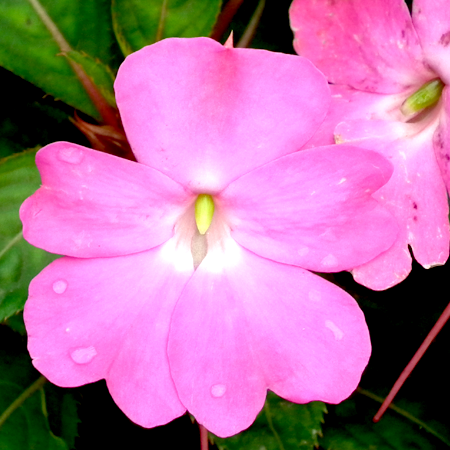

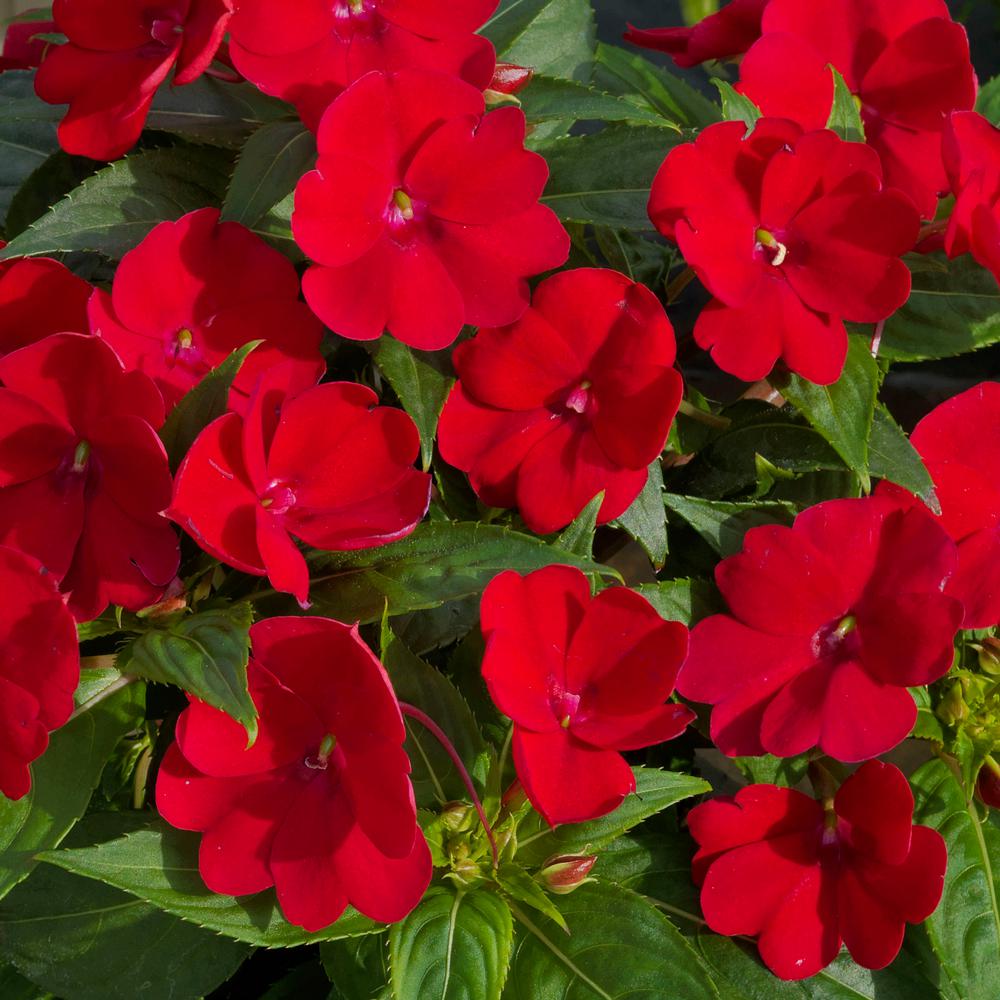
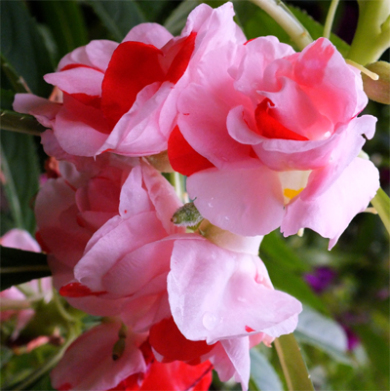
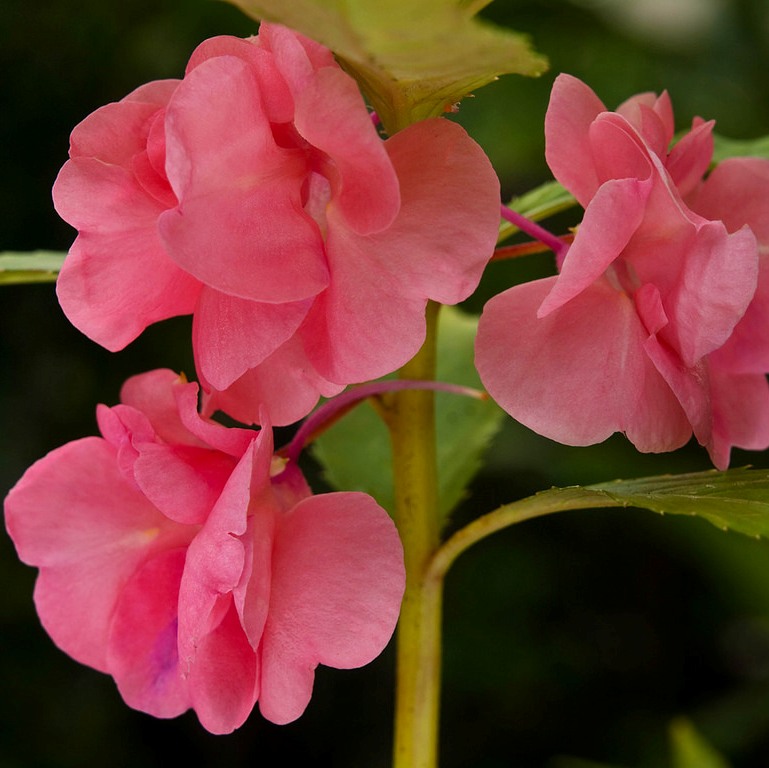
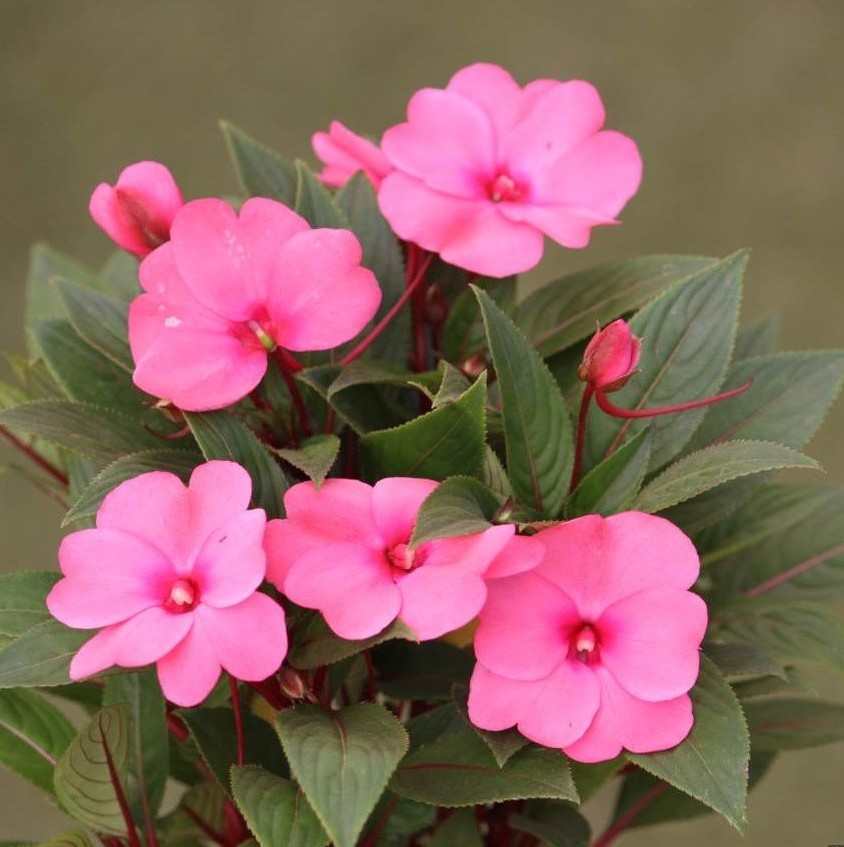
Botanical name Myroxylon balsamum (L.)
Botanical synonyms Myroxylon pereirae Royle; Myroxylon peruiferum L.F. Myrospermum pereirae Royle; Toluifera pereirae Royle
Family Fabaceae (Leguminosae)
Source Gum resin
Origin USA
Color/Consistency A thin, Pale yellow to pale amber liquid.
Aroma Rich, balsamic, sweet vanilla-like undertone
Blends With Black Pepper, Ginger, Jasmine, Lavender, Patchouli, Petitgrain, Rose, Sandalwood, Ylang Ylang.
Product Abstract
Balsam resin is obtained by steam distillation form the tree Myroxylon pereirae Balsam resin material is too thick and its smell like cinnamon and vanilla and colour dark brown. It is used in many products like flavourings for foods and in cosmetic products. Balsam Essential oil use for their healing properties it has been used for centuries for a multitude of skin disorders, rheumatism, respiratory conditions, and as an antiseptic and fungicide.
History
The genus Myroxylon was originally described in 1753 by Linnaeus, such description was made using a specimen collected in the province of Cartagena (at the time Tolu was located in the province of Cartagena), and named it Toluifera balsamum. The genus Myroxylon was first established by Linnaeus filius in 1781, when he described Myroxylon peruiferum based on a specimen collected by Mutis in South America. Latex from Myroxylon trees is the source of Balsam of Peru and Tolu Balsam and composition.
Harvesting/Extraction Information
Balsam essential oil is derived from the resin that is found in the trunk of the tree. The resin is extracted by making a v-shaped incision in the bark. The resin seeps out, dries and is scraped off and purified. The crude balsam of the tree is put through steam distillation to extract the essential oil. Its wonderfully soft aroma is often used in perfumes and is a great addition to floral blends.
Common Usage
Caution Despite the wide range of use for this essential oil, Balsam of Peru essential oil is also one of the most allergenic substances that we know of. Many people can have negative reactions when exposed, which range from irritation to blisters, watery eyes, and general discomfort. Always speak to your medical professional before using Balsam of Peru essential oil and specifically ask if you can get a patch allergy test done first, to avoid any unpleasant aromatherapy experiences.
Key constituents
Benzyl benzoate 59.0–86.2%
(E)-Benzyl cinnamate 0.4–30.1%
Benzoic acid 1.4–6.3%
(E)-Cinnamic acid 0–5.8%
(E)-Nerolidol 2.0–3.1%
(E)-Methyl cinnamate tr–1.7%
Benzyl alcohol 1.3–1.6%
Safety summary
Hazards Skin sensitization (moderate risk).
Cautions (dermal) Hypersensitive, diseased or damaged skin, children under 2 years of age.
Maximum adult daily oral dose 372 mg.
Maximum dermal use level 0.4%
Our safety advice
We recommend a daily oral maximum of 372 mg, based on an oral limit of 5 mg/kg for benzyl alcohol, benzyl benzoate and benzoic acid, which constitute up to 94% of the oil.
Regulatory guidelines
The maximum dermal use level of 0.4% is the IFRA guideline for Peru balsam oil for category 5 and category 4. A group ADI of 0–5 mg/kg body weight for benzoic acid, the benzoate salts, benzaldehyde, benzyl acetate, benzyl alcohol and benzyl benzoate, expressed as benzoic acid equivalents, was established by JECFA in 1996.
Organ-specific effects
Adverse skin reactions One sample of undiluted Balsam oil was not irritating to rabbits, a second sample was slightly irritating; neither sample was irritating to mice when applied undiluted. Tested at 8% on panels of 25 volunteers, none of five different samples of Peru balsam oil was either irritating or sensitizing. Neither of two samples of Balsam oil was phototoxic Balsam, not the essential oil, is notorious as a skin sensitizer and, although it was prohibited by IFRA in 1974, positive reactions to it increased significantly in the period 1975–1983. In three large scale studies Balsam produced a positive reaction in 6.9–27% of those tested. The RIFM monograph on Balsamstates that seven of 25 subjects were sensitive to it. When patch tested at 25% on 20 dermatitis patients who were sensitive to fragrance, Balsam induced nine positive reactions. However, when tested at 5% on 50 dermatitis patients not thought to be sensitive to fragrance there were no positive reactions.
Systemic effects
Acute toxicity Balsamoil acute oral LD50 in rats reported as 3.5 mL/kg and 2.36 mL/kg; acute dermal LD50 in rabbits reported as>2.0 g/kg and>5.0 g/kg.
Carcinogenic/anticarcinogenic potential No information was found for Balsam oil, but it contains no known carcinogens.
Comments There are several sensitizing compounds in Balsam that are not generally found in the essential oil. These include: coniferyl benzoate, coniferyl alcohol, benzyl isoferulate and resorcinol monobenzoate. The coniferyl benzoate content of Balsam oil depends on the exact conditions of its manufacture. Ultra high vacuum distillation will strip most of the coniferyl benzoate, which can also be removed chemically The proportion of constituents found in the balsam is different to that found in the essential oil.The published data do not support the conclusion that Balsam oil is a strong sensitizer. It is possible that, in spite of the lack of any positive reactions cited in the published RIFM report,some commercial Peru balsamoils could contain levels of sensitizing chemicals significantly higher than those of the tested oils. However, there seems little doubt that Peru balsam oils in general are markedly less sensitizing than crude Balsam.